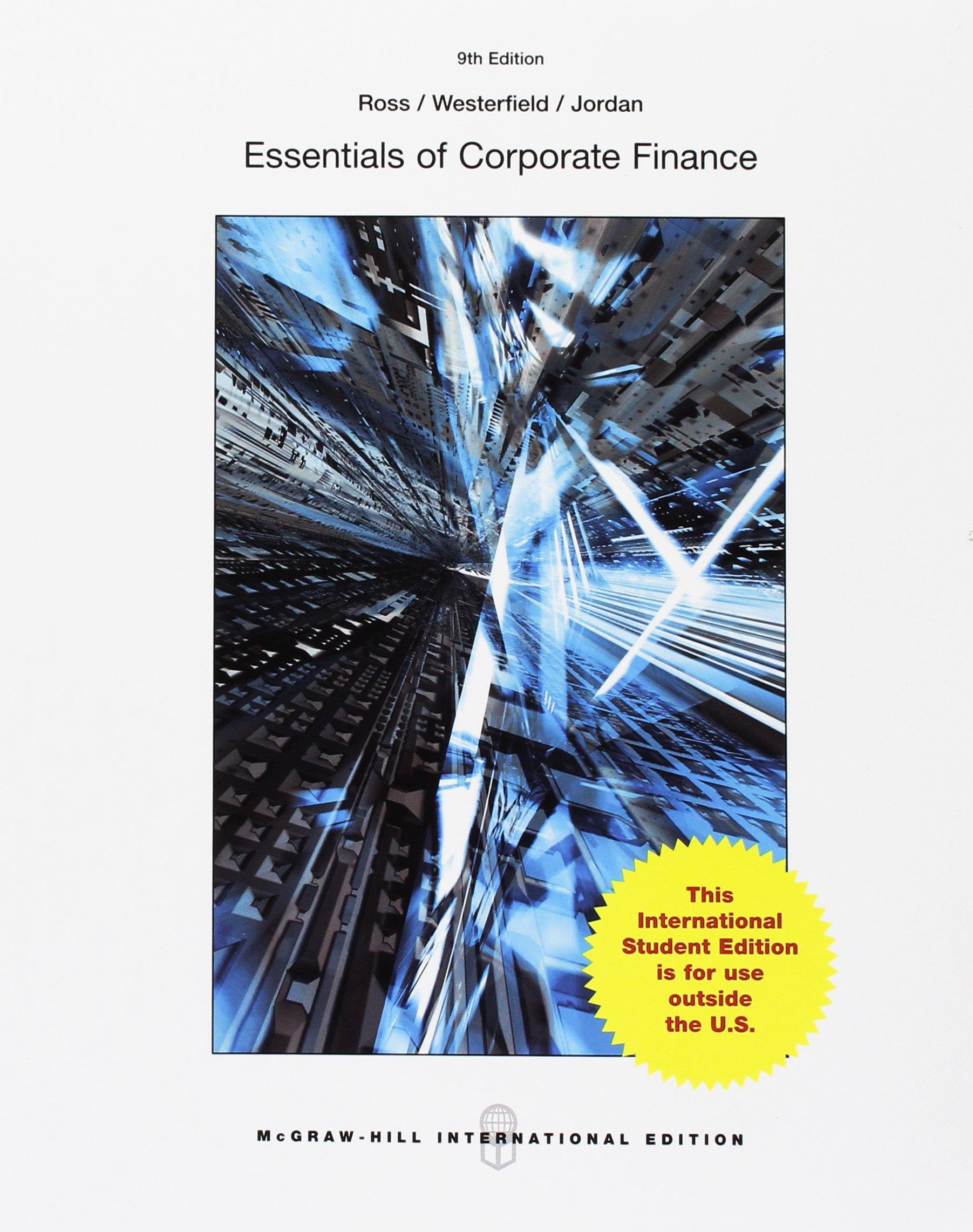Question
Asset A offers an expected rate of return of 10% with a standard deviation of 25%. Asset B offers an expected rate of return of
Asset A offers an expected rate of return of 10% with a standard deviation of 25%. Asset B offers
an expected rate of return of 5% with a standard deviation of 30%. Assume that the risk-free
interest rate is zero.
(a) Given that risk and return data of the two assets, would anyone choose to hold Asset B?
Explain your answer graphically.
(b) Show with calculations that there is NO diversification benefit resulting from forming the
portfolio.
(c) Suppose Assets A and B are perfectly positively correlated. Draw a graph illustrates why a
rational investor would or would not hold Asset B in ones portfolio. [Hint: Can provide verbal
support to the graph, if necessary, in no more than two lines.]
(d) Suppose Assets A and B are perfectly negatively correlated, form a 2-asset portfolio that has
zero risk (i.e., standard deviation of return equals zero).
Step by Step Solution
There are 3 Steps involved in it
Step: 1

Get Instant Access to Expert-Tailored Solutions
See step-by-step solutions with expert insights and AI powered tools for academic success
Step: 2

Step: 3

Ace Your Homework with AI
Get the answers you need in no time with our AI-driven, step-by-step assistance
Get Started


